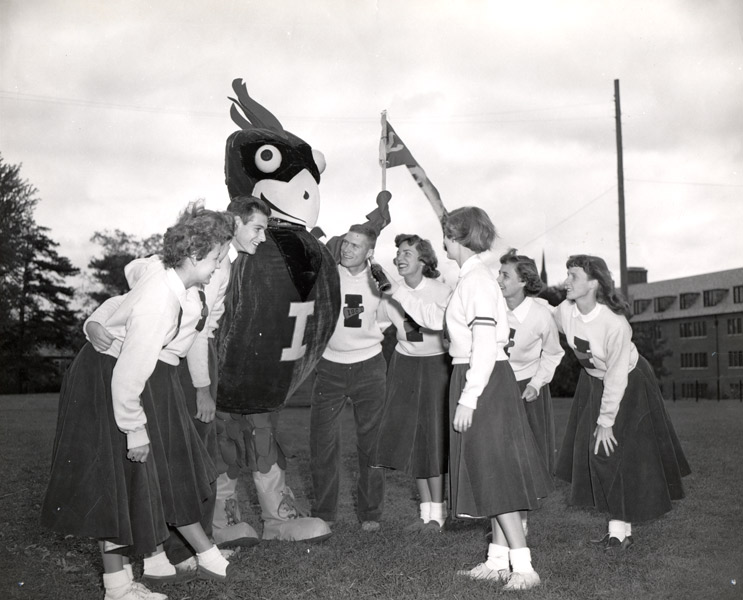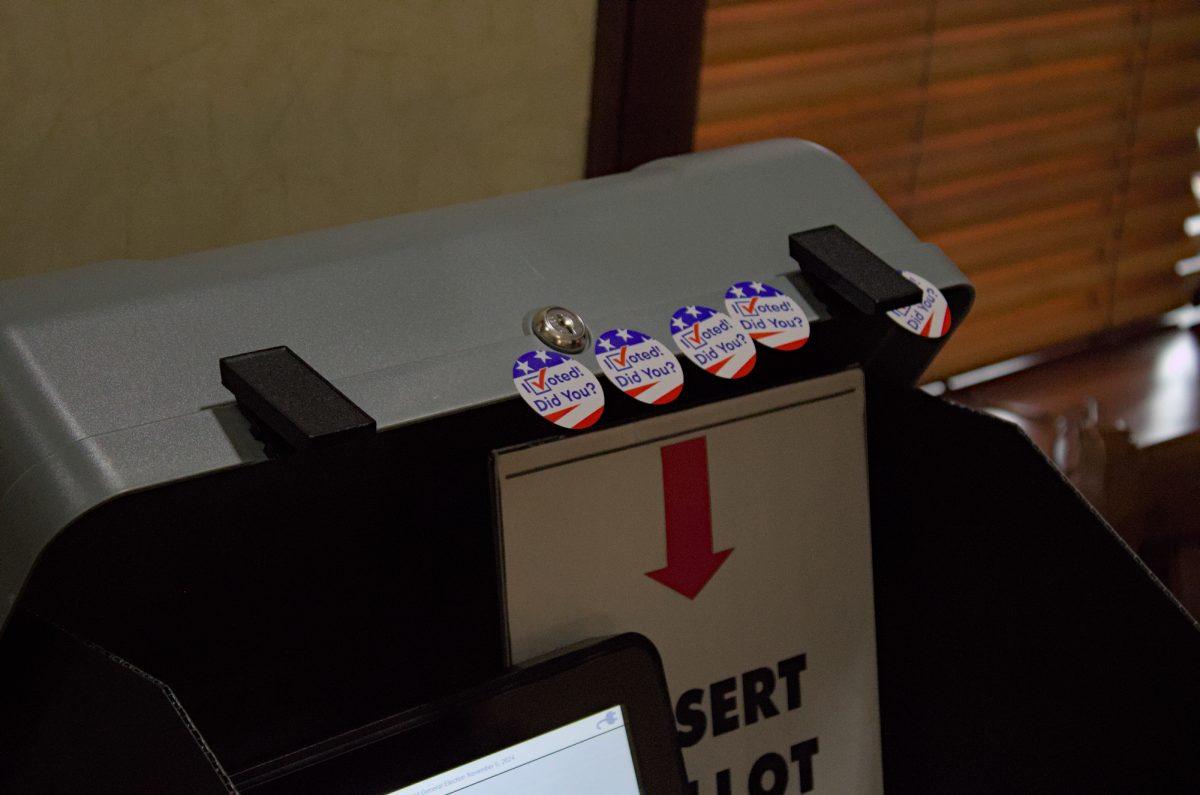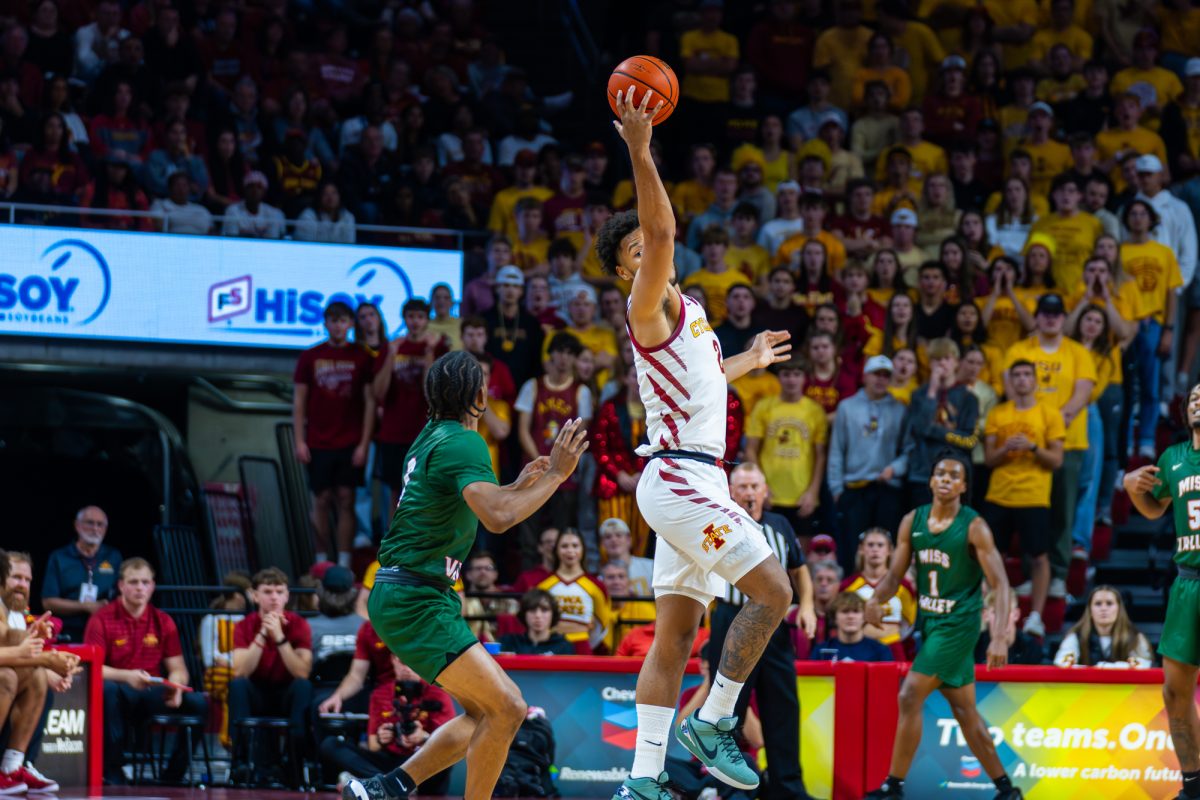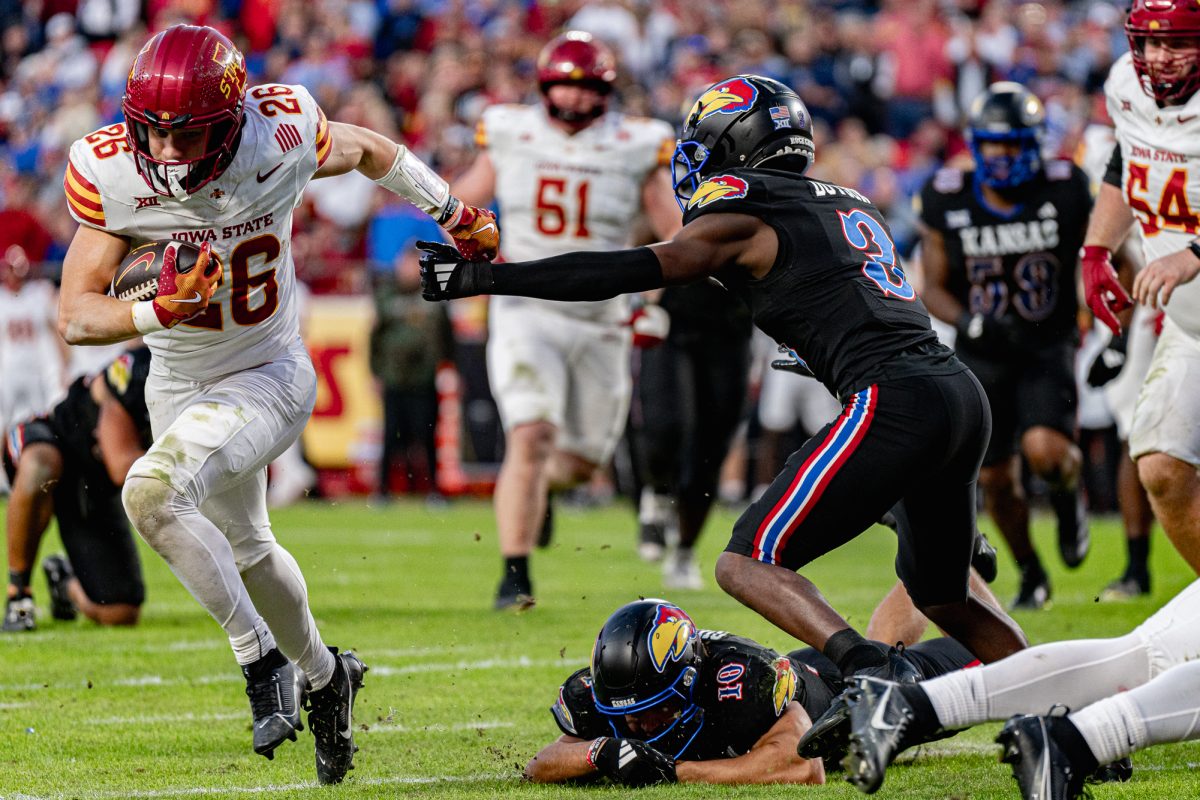Memorial Union accused of censorship by ISU art student
June 17, 1996
On the heels of accepting a controversial vending contract, the Iowa State Memorial Union faces accusations of censorship from an ISU art student.
Pedro Perez, a graduate student in painting from Puerto Rico, said that his exhibit in the Union’s Pioneer Room was censored because two of its nearly 30 pieces contained nudity.
Immediately before the Odyssey of the Mind competition was to arrive on campus, Perez said he received a call from friend and Union Programming Department employee Andy Kitzman. Kitzman explained that Perez’s show would be removed from the Pioneer Room as requested by Odyssey officials who intended to use the space as a pressroom and wanted it free of impediments.
Perez, a one-time employee of the Union, said he attempted to call Union Director Mary Jo Mertens directly to demand an explanation. Perez contacted Mertens’ secretary, who told him that Mertens would be unable to schedule a time in the near future due to her ongoing meetings with construction officials overseeing the Union’s remodeling.
Mertens, who was unable to be reached for comment, deferred all questions to Marketing Director Kathy Svec.
Svec said that the accusation of censorship resulted from a breakdown in communication that began with Mertens, filtered through to Kitzman and ended with Perez. “We didn’t realize [the consequences] until the whole thing was upon us,” Svec said.
Svec, who holds two art-related degrees, reiterated the Union’s written policy that, when there is a conflict of scheduling between an exhibit and a meeting, the meeting always takes precedence. In this case, Odyssey of the Mind paid to reserve the Pioneer Room and purchased the right to arrange it according to its needs.
In the view of Union officials preparing the room, allowing the pieces to remain would have constituted a violation of the Union’s good faith agreement with Odyssey and, furthermore, would have endangered the paintings, which Svec said were “definitely in harm’s way.”
Perez refuses to accept this explanation. He said his canvases were two-dimensional, and thus not enough of an impediment to justify their removal. Meanwhile, the three-dimensional masks patterned after those in his native Puerto Rico were not cited as potentially constricting the flow of traffic in the pressroom.
Perez said he believes the real issue is an aesthetic one, and the Union’s actions are a case of beauty in the eyes of the beholder. An art exhibit in the nearby Gallery went untouched during OM week. Svec said that the show in the Gallery was not removed because the OM events there were more lecture-style events that utilized the center of the room.
“Some nudes are easy to look at,” Svec said. “The coloration, form, expression of the figures in the painting had a harsh appearance. The rest of the show, with its brilliantly colored masks, had a more playful quality.”
Perez admitted that the subject matter of his paintings are intended to “make you think.” The first of the oil paintings in question portrays a man/beast creature that looks out at the viewer, with arms upraised and penis fully exposed. The second, intended to show the brutality of cosmetic surgery, is actually three separate canvases arranged in the shape of the letter “H.” The painting offers a decidedly clinical view, rendered from the perspective of an operating room lamp exposing a man and a woman who are bandaged and disfigured.
“The whole goal is to question where we are and where we are going in a world where men are getting penis enlargements,” Perez said. Perez added that his paintings do not have the feel of pornography and that his symbolic Adam and Eve are “not just two people copulating in leather.”
The origin of the controversy surrounding Perez’s paintings actually begins with members of the Muslim Students Organization, who asked that the paintings be removed before their Friday afternoon prayers in the Pioneer Room. Not getting the desired response, they took matters into their own hands, taking the paintings down when they wished. Realizing that it had an untenable situation on its hands, the Union, with Perez’s cooperation, offered to cover the paintings with a screen. Problems continued and the Union eventually found it necessary to relocate the group’s Friday prayer. Perez suggested that the Muslim Students be moved to the building’s non-denominational Chapel.
Svec said that dual usage of rooms in the Union is a difficult policy to implement, agreeing that labeling the Gallery as a dual-use room is somewhat of a misnomer.
“Sometimes,” Svec said, “dual usage is a success, since the art exhibits get more viewing than they ordinarily would.” At other times, however, there can be a conflict of use as the meeting rooms are intended primarily for business use. “The people who attend meetings in these rooms are a captive audience. They can’t get up and leave if they’re offended by something.”
Kari Johnson, student, parent and fellow Union employee, expressed a similar concern. “As a parent, I wouldn’t want my child seeing something I might find objectionable. It might be best to avoid conflict with parents and administrators [by taking the paintings down],” she said.
Perez said he continues to wait for an an apology or an explanation from Mertens. In the meantime, he plans to write letters of complaint to the Union, the dean of the College of Design, and the director of University Museums.






